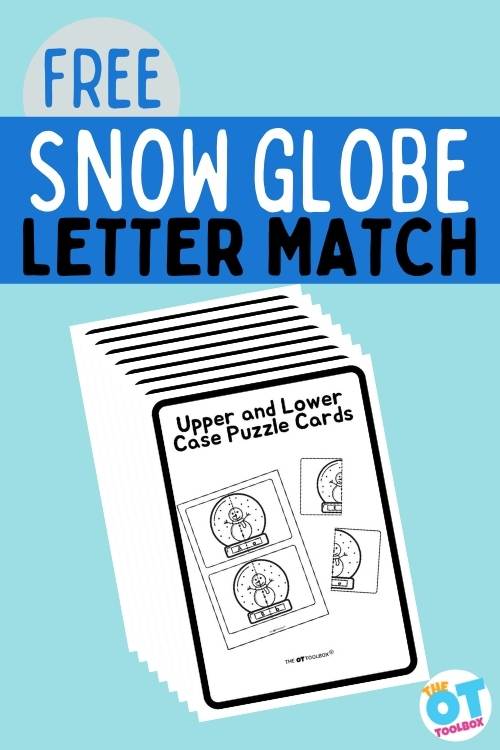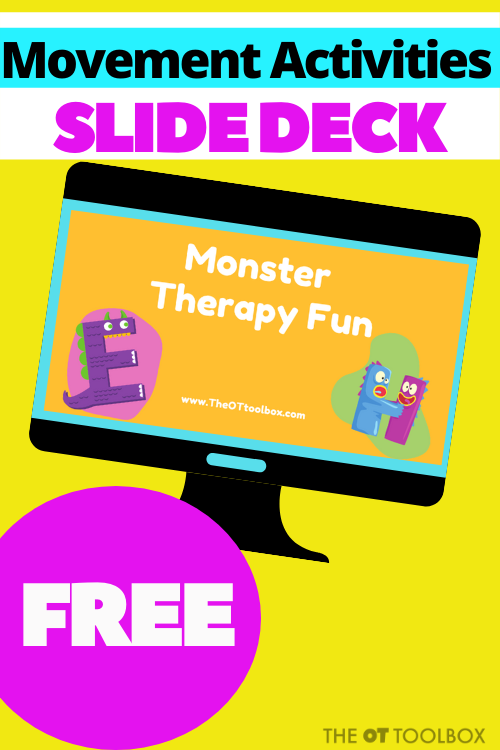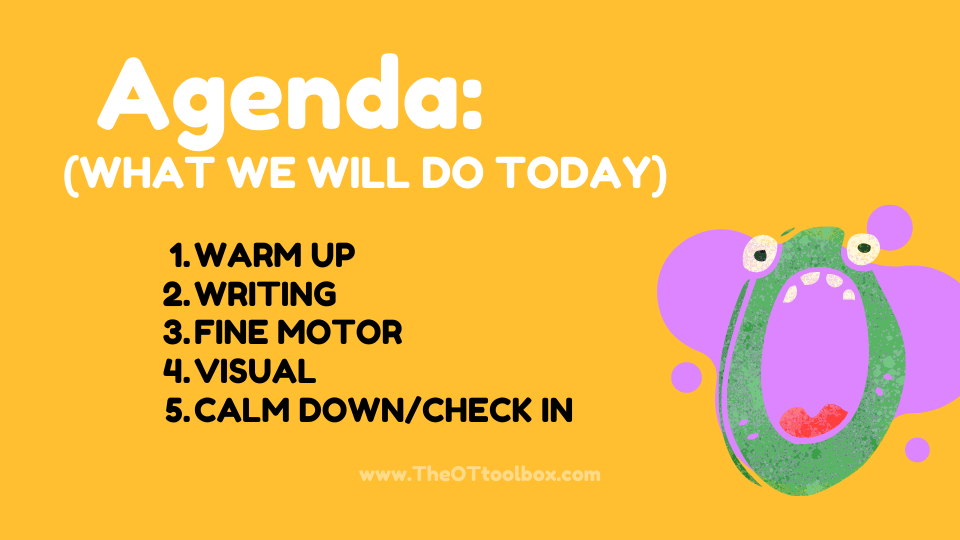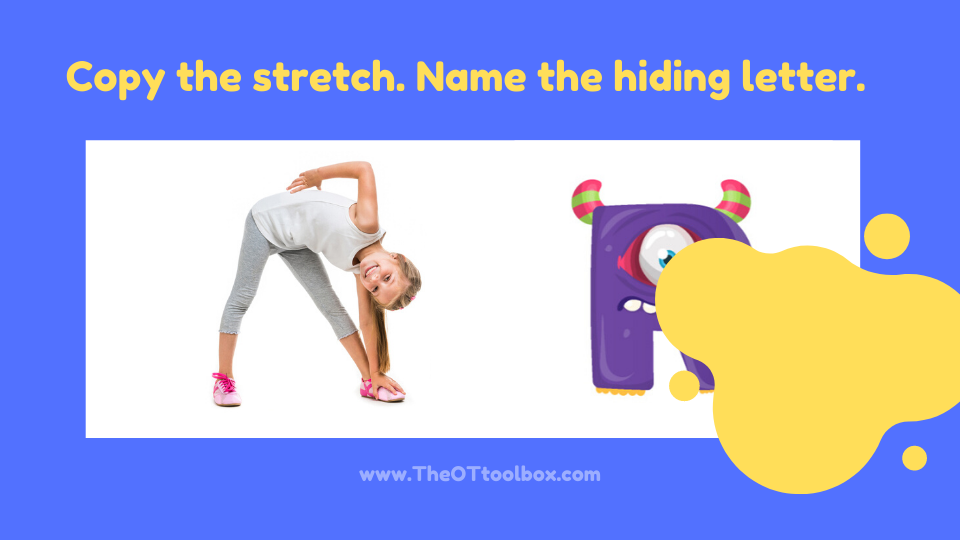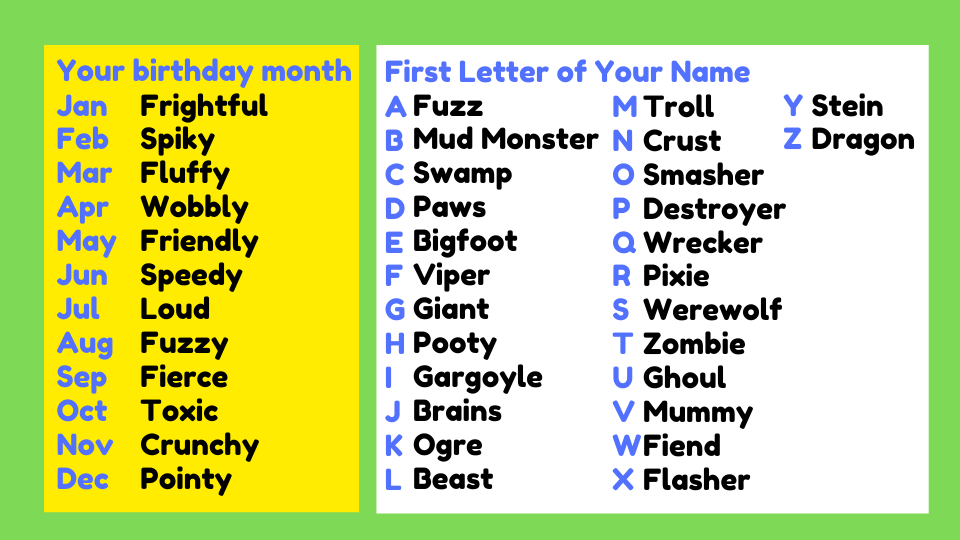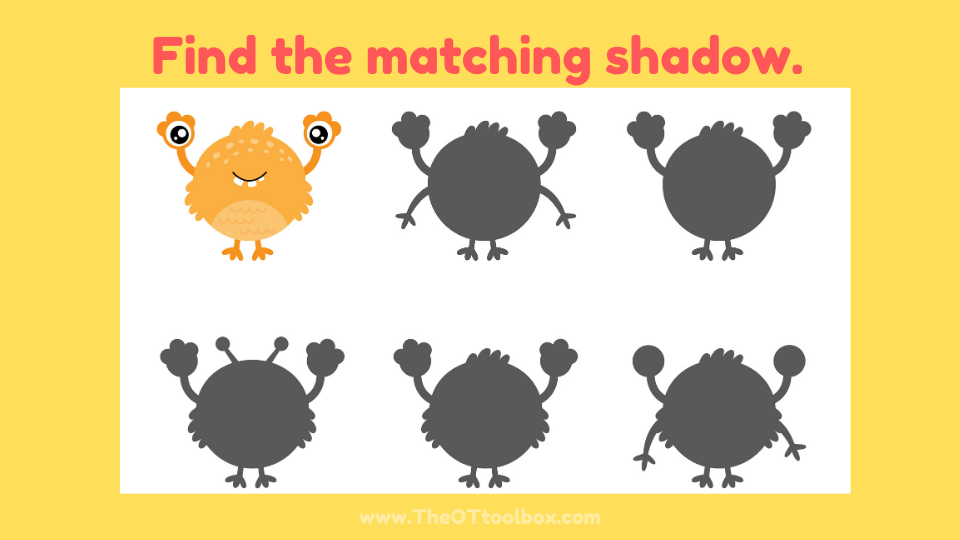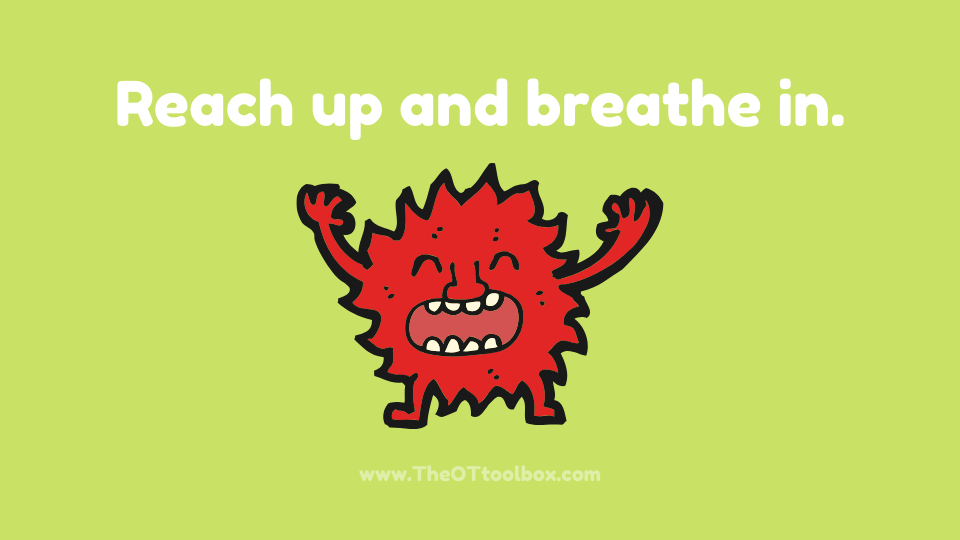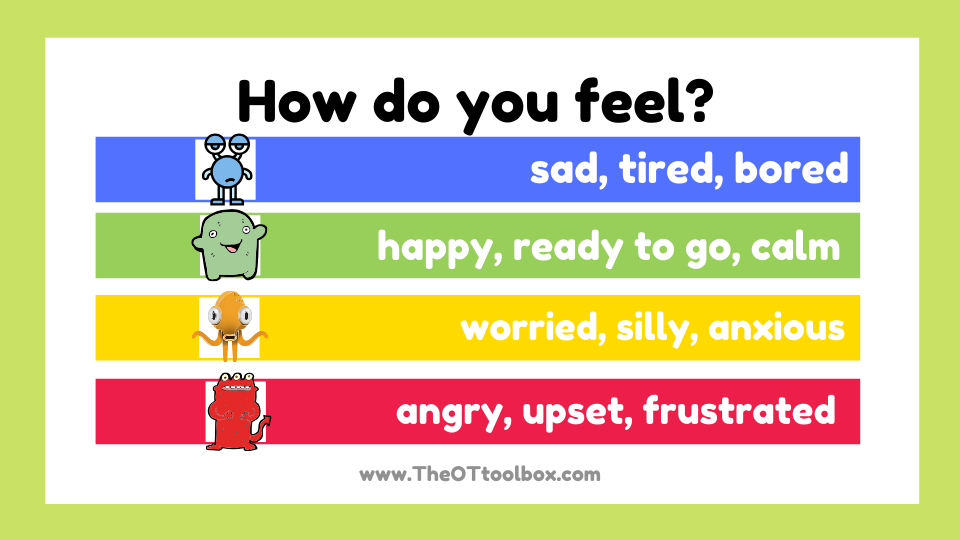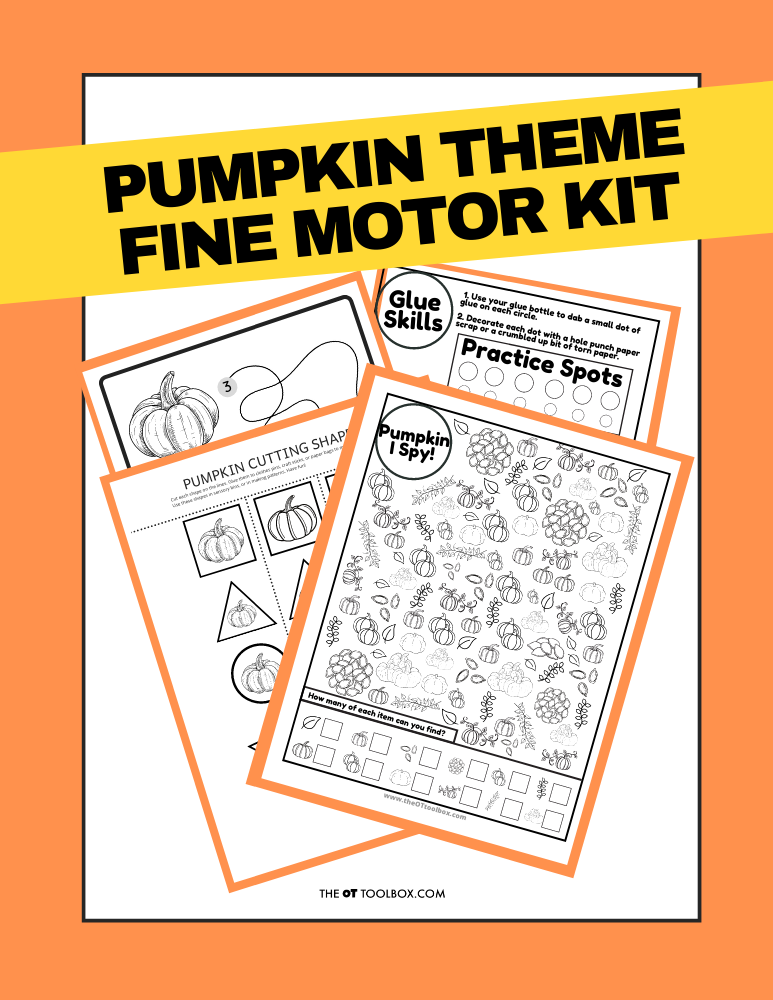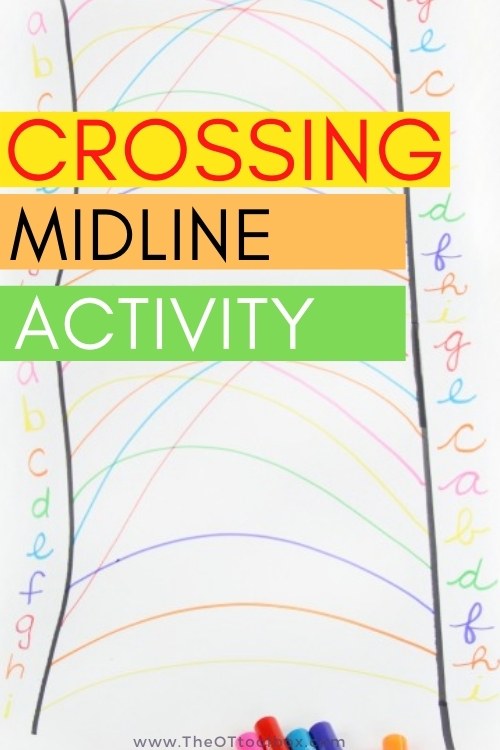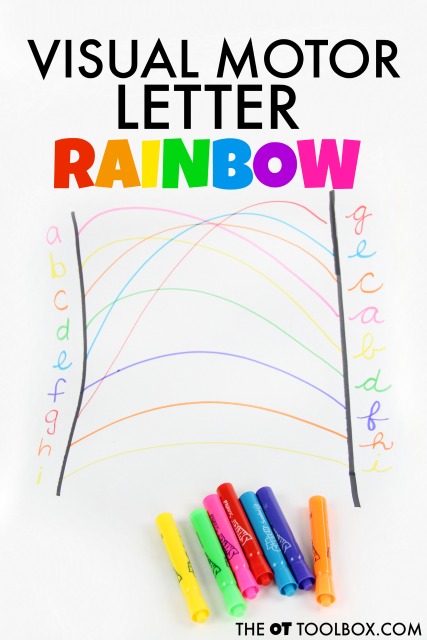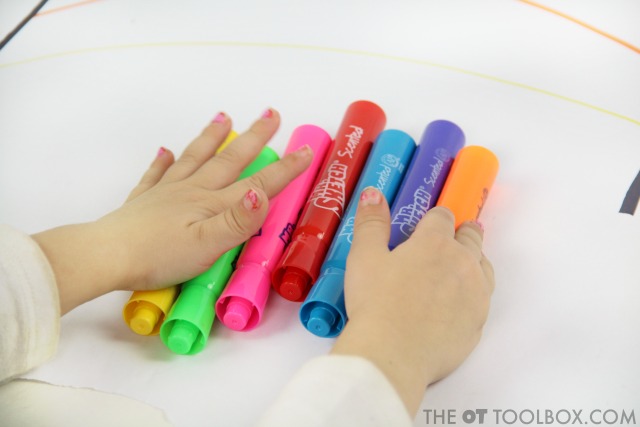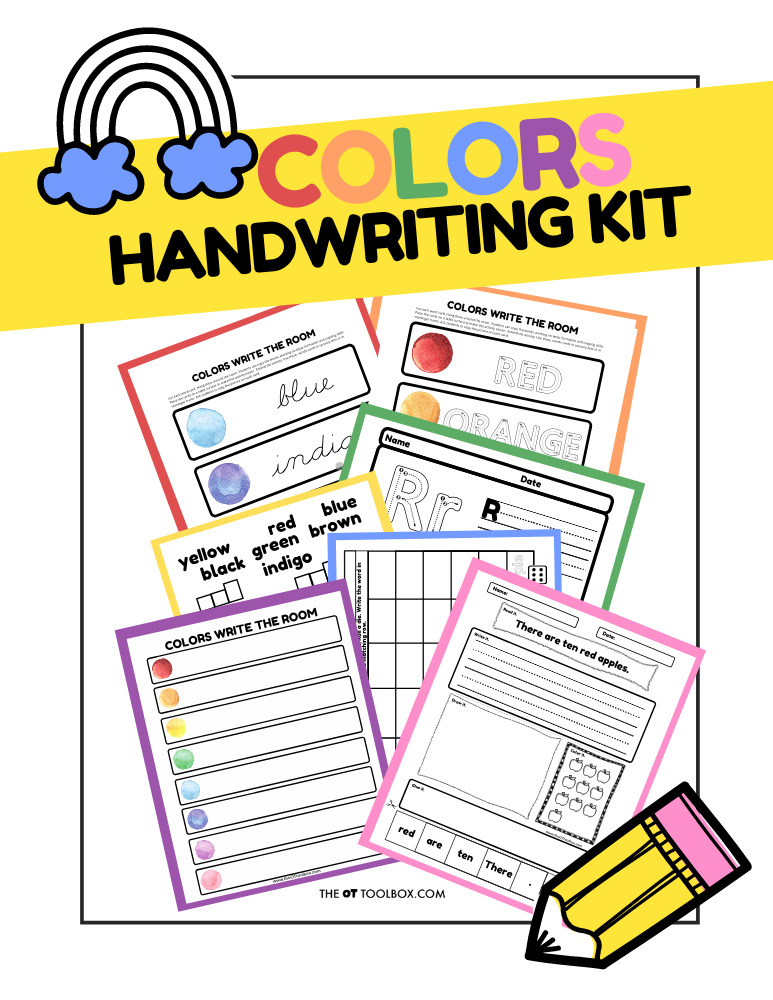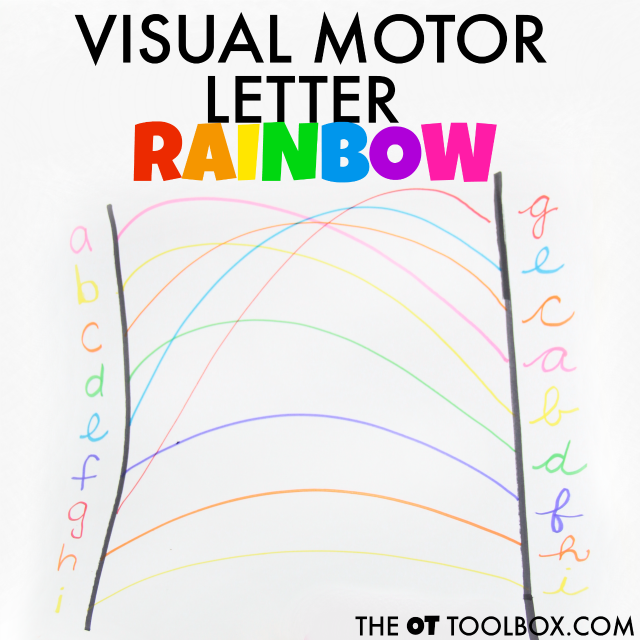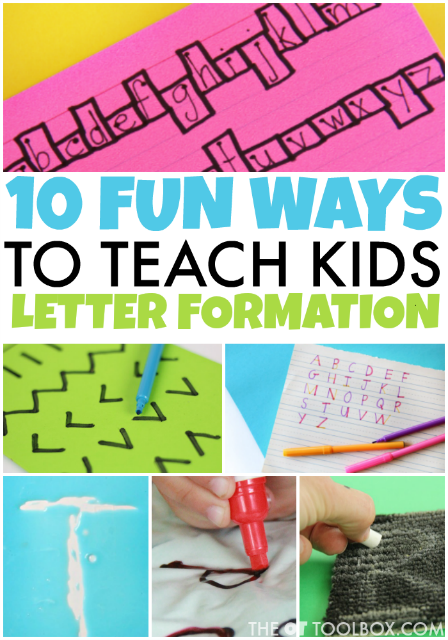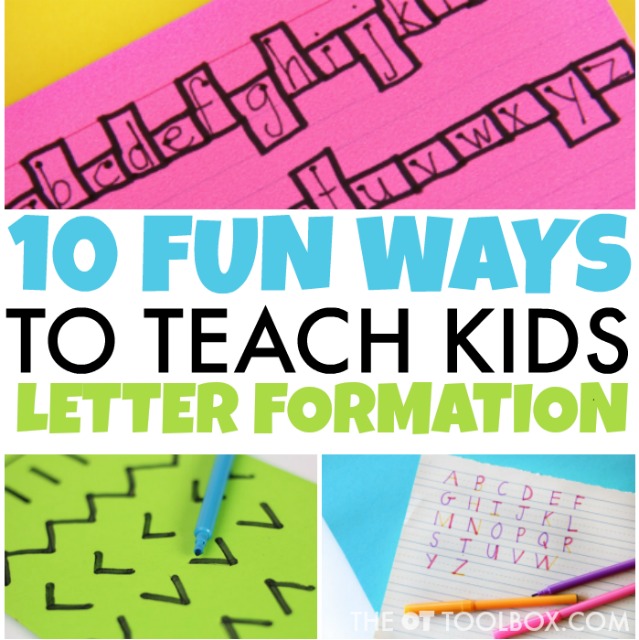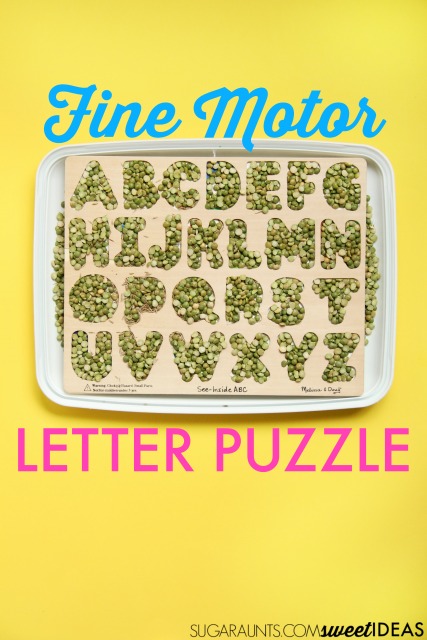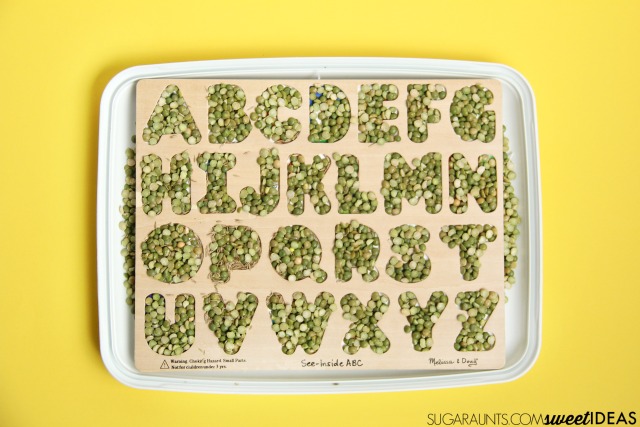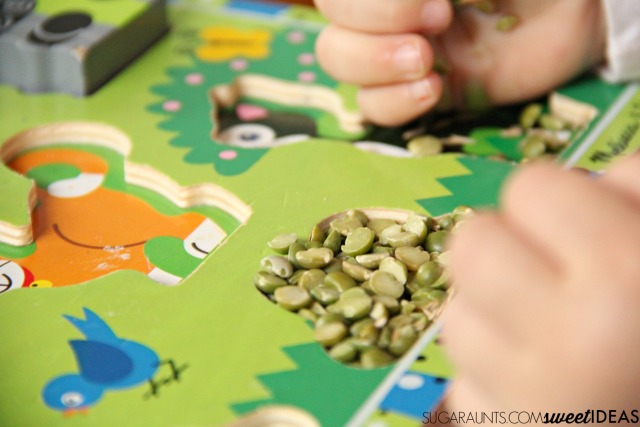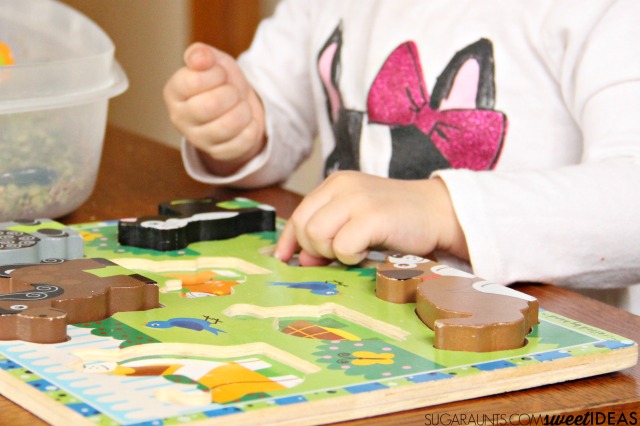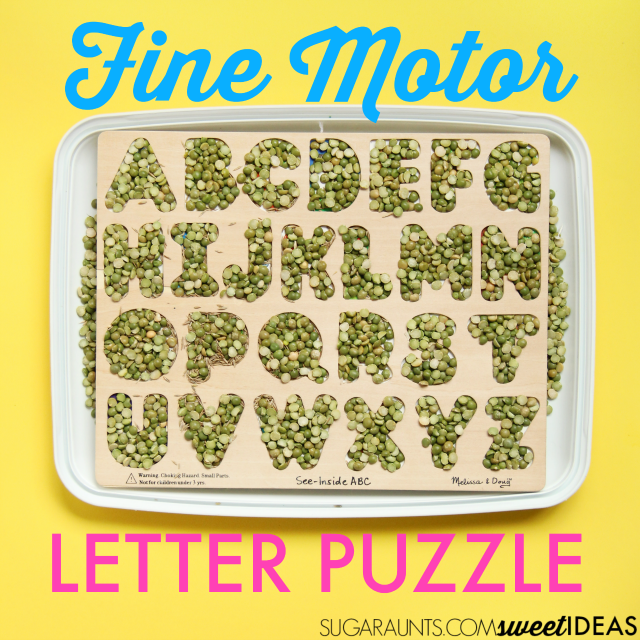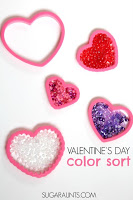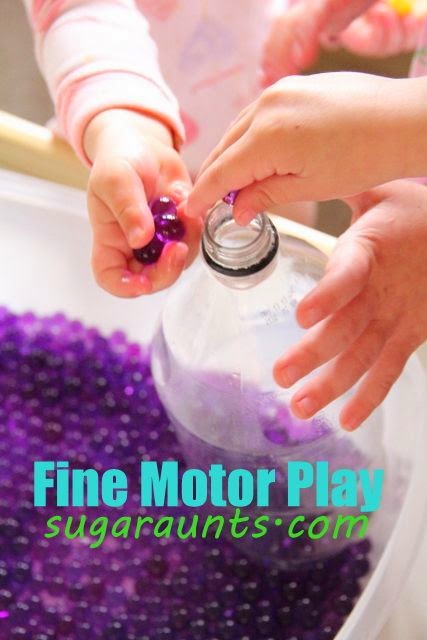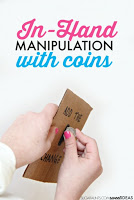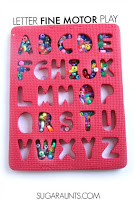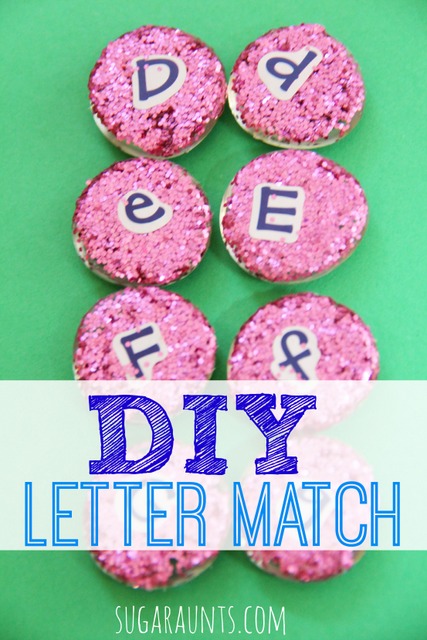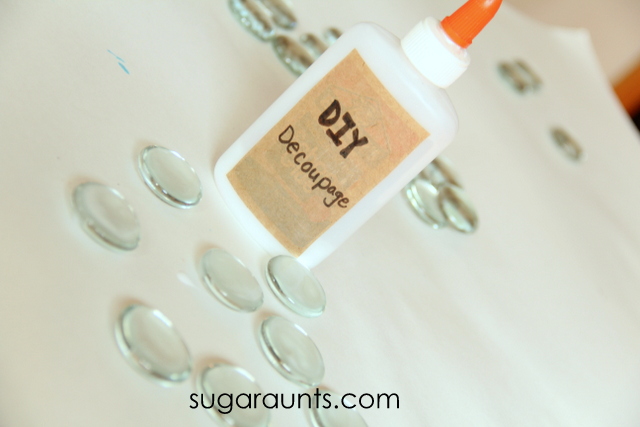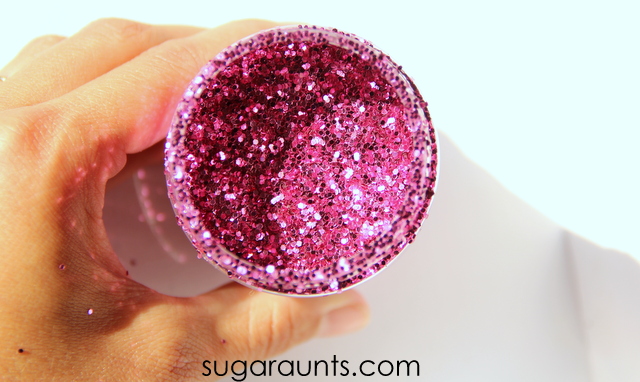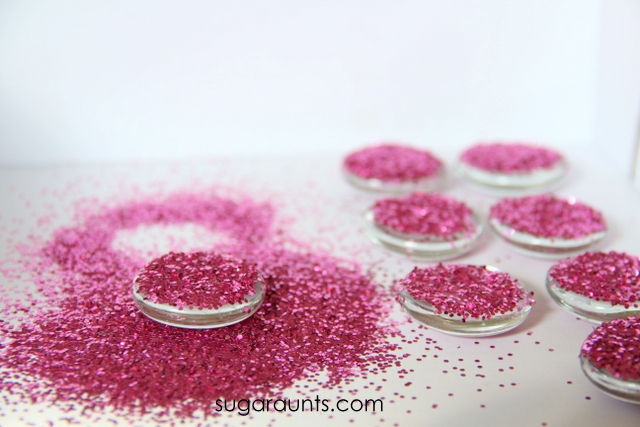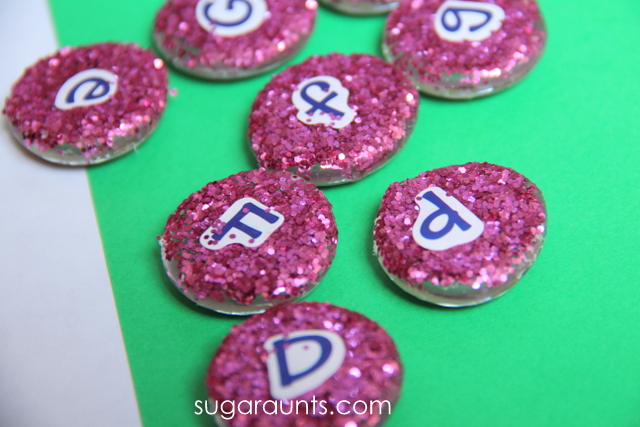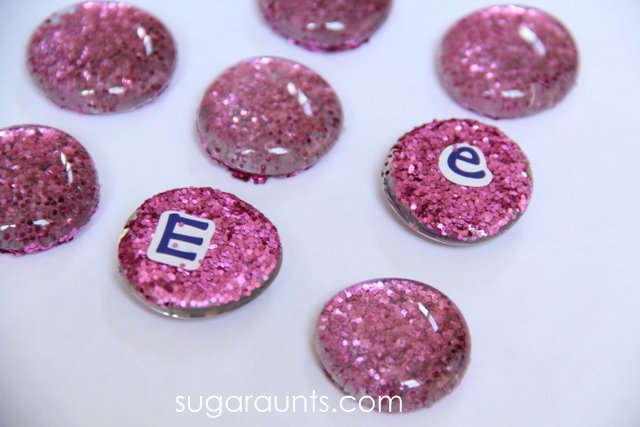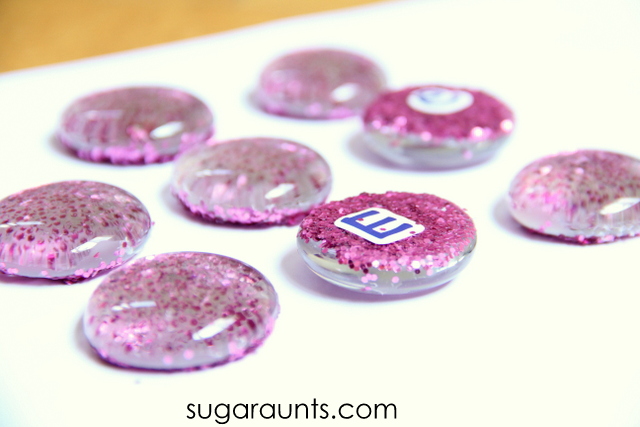These clay letters are a fine motor activity we made years ago, but we still use them today in multisensory learning activities. In fact, the clay alphabet is such a great tool for sight word and spelling word manipulatives. This week, we used two of my top Occupational Therapy recommendations in a combined fine motor power activity…to make stamped letters for learning!
We used clay and alphabet stamps to make our own clay letters for hands-on learning, including practicing spelling words, sight words, letter identification, and letter order. This was the perfect learning tool for my second grader, kindergartner, and preschooler!
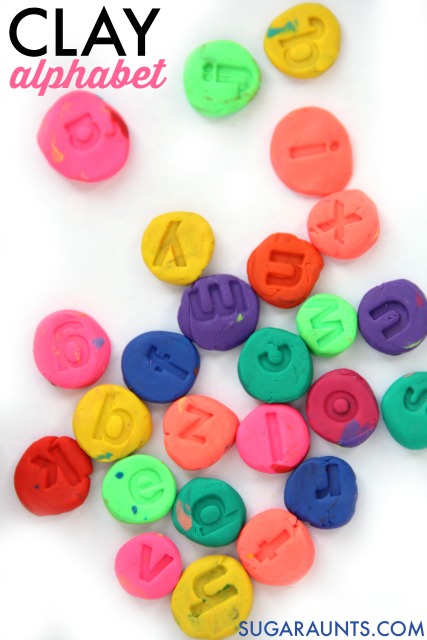
Clay Letters for multisensory learning
As an Occupational Therapist, I often times recommended using clay as a therapeutic tool. It’s resistive and provides proprioceptive feedback while working on hand strength. Combined with letter stamps, we were able to make our own movable and colorful letters.
Pressing the alphabet stamps into the clay is a great fine motor exercise and one that strengthens the hands, promoting a functional pencil grasp, separation of the sides of the hand, and intrinsic hand strength.
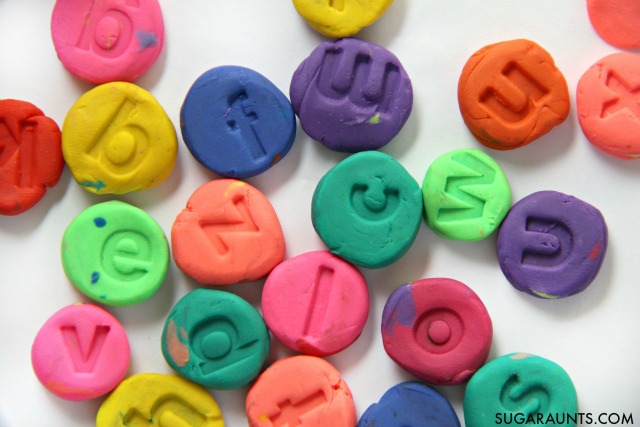
Fine Motor Work Activity
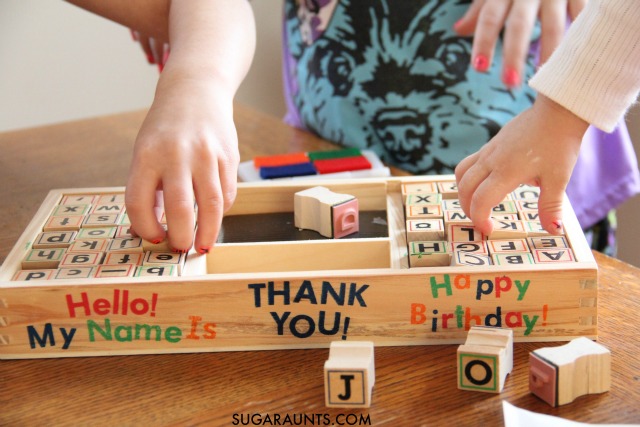
How to Make Clay Letters
This post contains affiliate links.
You’ll need to start with alphabet stamps for pressing into the clay, and some colorful clay. You’ll want to get the type of clay that quick dries.
We used our Alphabet Stamp Set to press lower case letters into small, rolled balls of modeling clay
. I love the bright colors of THIS
brand.
To make he clay letters, kids are really strengthening the hands.
First, ask your child to first pull off small pieces of clay from the long rolls. Roll the clay into small balls and gently press them into disks.
Then, have your child find the letters of the alphabet in alphabetical order. Using the Melissa and Doug Alphabet Stamp Set was a great way to further our fine motor work. The size and shape of the letter stamps in this set are perfect for working on intrinsic muscle strength and tripod grasp.
Pressing the stamps into the clay is a nice way to address precision.
Press too hard, and the clay disk is too thin.
Press to lightly, and the letter’s impression is not deep enough in the clay. This precision of grasp requires proprioceptive awareness.
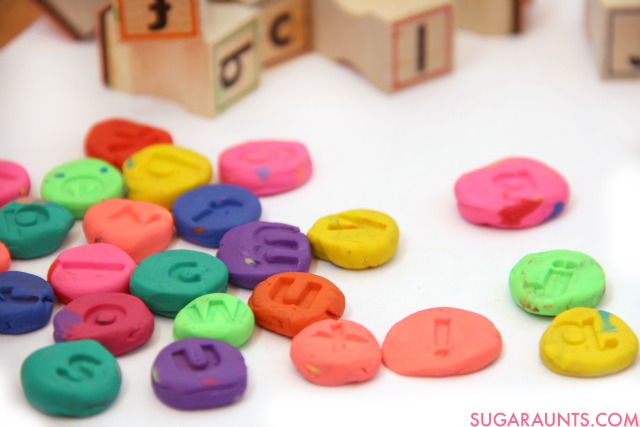
The brand of clay that we used does not harden. This makes a nice activity for kids, but if you want to keep your letters, use a modeling clay that does dry out.
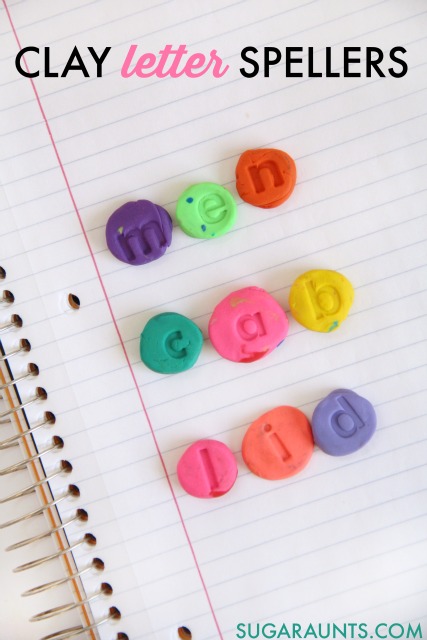
Learning Activities with Clay Letters
We used our clay letters in a bunch of different activities. Try some of these hands-on letter activities:
- Practice spelling words.
- Practice spelling sight words.
- Arrange letters on the table. Ask kids to visually scan for letters to find in alphabetical order.
- Practice letter identification.
- Copy the letters to work on letter formation.
- Arrange the letters on a table. Pull out a letter and ask your child to name a word that starts with that letter. Ask them to write the words to practice handwriting.
- Practice decodable reading and word building with the clay letters.
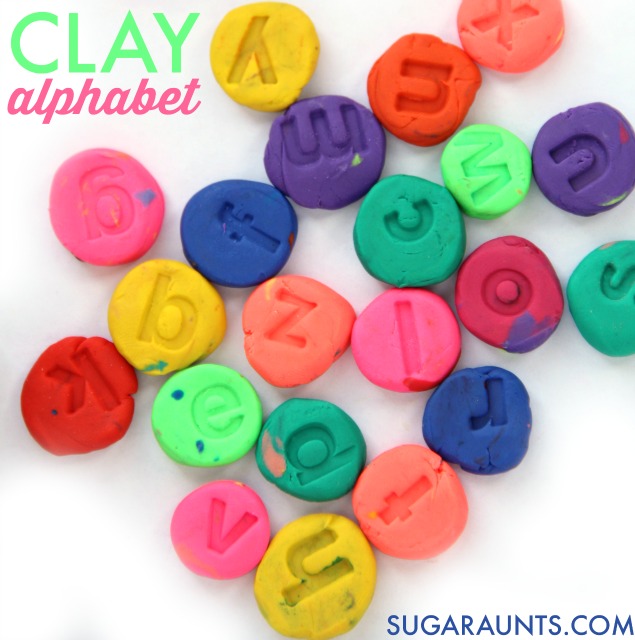
More Letter Fine Motor Activities
You’ll love the fine motor activities in our Letters Fine Motor Kit. The printable kit is loaded with letter activities that build fine motor skills. You can grab it and all of the other themed fine motor kits below, to build skills through play.
Working on fine motor skills, visual perception, visual motor skills, sensory tolerance, handwriting, or scissor skills? Our Fine Motor Kits cover all of these areas and more.
Check out the seasonal Fine Motor Kits that kids love:






Or, grab one of our themed Fine Motor Kits to target skills with fun themes:
- Frogs Fine Motor Kit
- Unicorns Fine Motor Kit
- Vehicles Fine Motor Kit
- Apple Fine Motor Kit
- Back to School Kit
- Sports Fine Motor Kit
- Outer Space Fine Motor Kit
- Fairytale Fine Motor Kit
- Plus more in our shop!
Want access to all of these kits…and more being added each month? Join The OT Toolbox Member’s Club!

Colleen Beck, OTR/L has been an occupational therapist since 2000, working in school-based, hand therapy, outpatient peds, EI, and SNF. Colleen created The OT Toolbox to inspire therapists, teachers, and parents with easy and fun tools to help children thrive. Read her story about going from an OT making $3/hour (after paying for kids’ childcare) to a full-time OT resource creator for millions of readers. Want to collaborate? Send an email to contact@theottoolbox.com.


